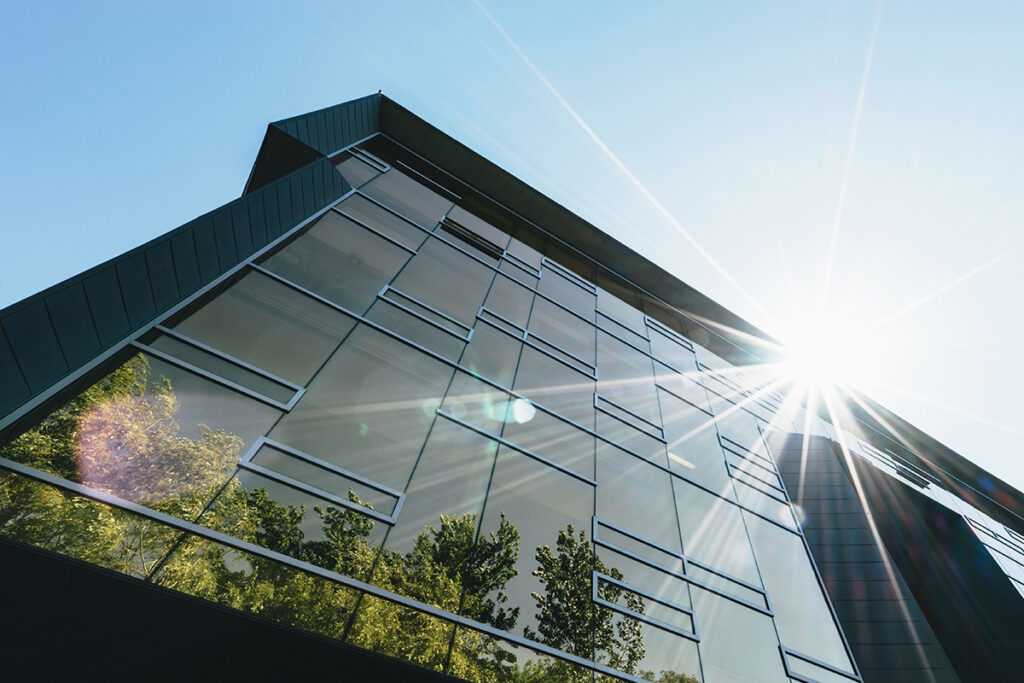What will the buildings of the future look like?

Tomorrow, or the day after tomorrow, the buildings in our cities will undoubtedly be gigantic. After all, we will have to find a place to live for the 9 billion inhabitants of our planet. But they will also be more environmentally friendly, or even downright ecological. Let's take a closer look at three projects that speak for themselves.
New York: Times Squared 3015
Today's quiz: how high is the Empire State Building? The famous skyscraper stands at 381 metres. Impressive? Well, imagine a building that is... 1,700 metres high. If that sounds impossible, take a look at the Times Squared 3015 project. This building will be able to accommodate 30,000 residents (it will be primarily to deal with overcrowding) and will be a real city in the heart of the Big Apple. In addition to housing, it will house offices, 40 shops, 50 restaurants, three theatres, two schools and a university campus... and four parks, mountains, a beach, a forest (of redwoods to be precise), all spread out in vertical modules. And let's not forget the 1,600 hectares of agricultural land.

Delhi: Hyperions, the autonomous giant
Another challenge for the cities of the future: environmental protection, sustainable development and energy savings. On the other side of the planet, in India, the Hyperions project was born, presented as an autonomous building. What exactly is it about? Six towers, each 36 storeys high, with a rounded architecture and built mainly of wood, intended for housing and offices, but not only. With Hyperions, nature and the countryside conquer the city, between the ponds at the foot of the complex, forests and agricultural areas (eco-responsible of course). Air conditioning 100 % natural, water needs covered internally (thanks to pumping and purification stations), hydroponic crops and flowers... As for the necessary energy, it will be self-generated thanks to a multitude of photovoltaic panels (the "scales" on the façades) and wind-powered street lamps.

Taiwan: the Agora Garden
The brainchild of the same architect as for the Hyperions, the Belgian Vincent Caillebaut, the Agora Garden is special in that it is no longer just a project: the building, known locally as the Tao Zhu Yin Yuan Tower, has already been built in Taiwan. With its helical shape reminiscent of the structure of DNA, it is a model of eco-construction and goes beyond energy autonomy. Indeed, in the heart of the densely populated and bustling Xinyi District, Agora Garden will also have the task of depolluting the air thanks to the planting of 23,000 trees, which should fix 130 tonnes of CO2 and of course create the link between man and nature.

What are the property prices at the moment?
Written by
atHome
Posted on
24 October 2017
